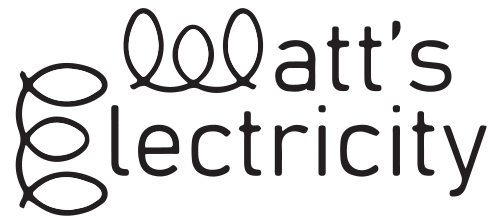



Transistors have been a main-stay of electronic circuits for well over half a century, here we introduce the basic way of working.
Youtube video, suitable whether of not you have the board with you.
See board images.
Tutorial guide for when you have the board with you.
Now we starting to cook with gas as they say! Let’s see what we have here – firstly follow the green circuit from the top of the battery. We go through the LED light, through two of the transistor connections and then back to the battery via an ammeter. In its simplest form a transistor is just a switch and when its off it will not allow current to follow through these two connectors, but when the transistor is switched on, current is allowed to flow. So how do we turn it on, well we add a voltage to the connectors called B (base) and E (emitter). In this circuit we are going to do this with the variable resistor set up as a voltage divider.
Move the slider to the bottom and press and hold either green button. Note that the voltmeter on the left side of the board is reading zero. As you move the slider up, so the voltage recorded by the meter will start to ride. At about half a volt you will see the transistor starts to move to its on state and current will start to flow through the transistor – we can see this in ammeter in the bottom right corner of the board. As the slide is moved up to about 1 volt the transistor is fully on and the LED will be as bright as it can be. The voltmeter in the top right corner shows us that the LED is getting its correct voltage.
So, a transistor is an electronic switch – but why is this useful? Well for many reasons, for example look at ammeter in the middle of the board, this shows the current flowing into the input connector of the transistor (called the base). It’s less than 1mA yet the flow through the output is 20mA! So a small current can switch a bigger one.
Between about 0.5V and 1V the current through the output of the transistor increasing in a linear (gradual) way. By that I mean each time we increase the voltage the current will increase. This is used in amplifiers where we want to increase the size of varying signal/voltage.